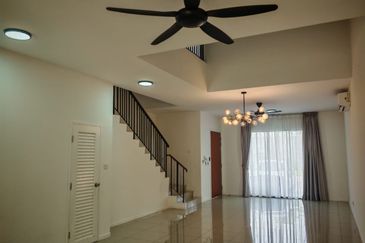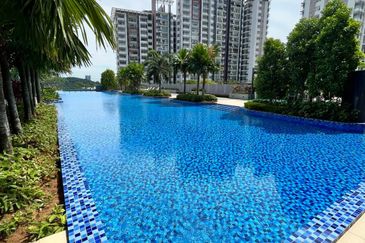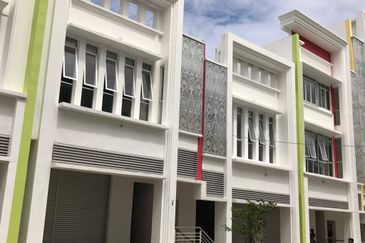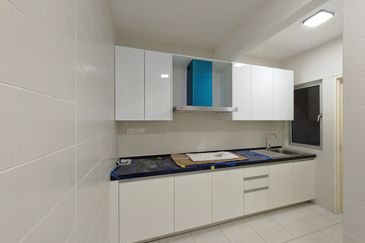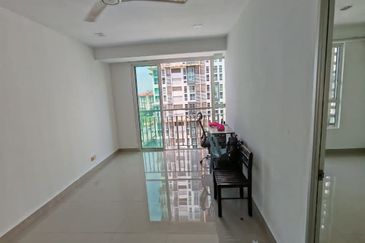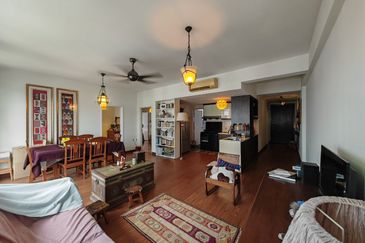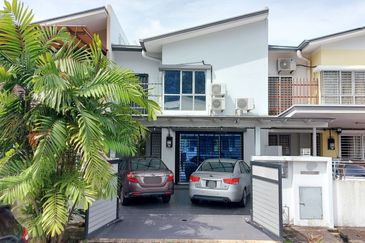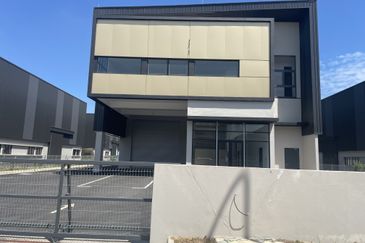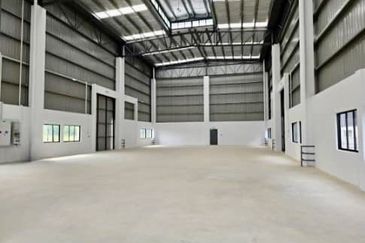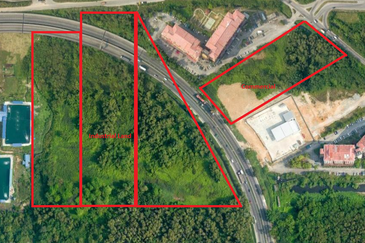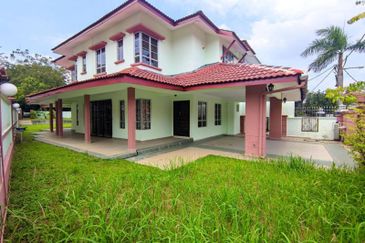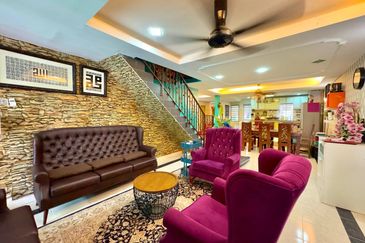
Let’s say you bought an apartment unit and signed the sales and purchase agreement (SPA) in 2015. The developer told you that the maintenance fee for the development was 35 sen psf. Fast forward two years, to January 2017, you received the keys to your brand new unit. As an added incentive, the developer offered you free maintenance for the whole of 2017 which essentially meant you would start paying for your maintenance fee in January 2018.
However, just eight months after you begin paying the monthly maintenance fee of 35 sen psf, you receive an email informing you that there will be an increase in the maintenance fee from 35 sen currently to 65 sen — nearly double the amount. What’s more, the new rate will take effect the following month (September). As the purchaser, what would your reaction be?
If you have been paying RM400 a month including sinking fund, the increase will set you back an additional RM260 a month. The question you would most probably be asking at this point in time is: “Why so high suddenly?”
The above scenario is based on a true story. Feedback received indicates that cases of maintenance fees being raised substantially from the initial fee imposed by the developer is a common occurrence.
The developer’s side of the story
Reasons given by the developer for the significant fee hike in the case above were:
1. It was a low-density development.
The pain of a price hike is amplified in a development with fewer units as the maintenance cost is shared among the units.
2. The fee hike was inevitable after the developer offered free maintenance for one year upon vacant possession (VP). Besides, the Defects and Liability Period (DLP) which ran from January 2017 to December 2018 would be expiring soon.
3. The developer has the right to raise the maintenance fee as a meeting had been held with residents of the condominium a few months prior and a majority vote to increase the maintenance fee was passed.
4. The cost of maintenance is higher than earlier estimates. “We are not professional managers,” said the developer. The initial maintenance fee was set at 35 sen when the project was being marketed. The figure was derived based on the number of facilities the developer had planned for the project and on the supplier’s quotation of cost. Post VP, the developer appointed an independent property management company to manage the building. The developer claimed that from the initial calculation, a 35 sen psf maintenance fee would suffice but when the professional property managers came in, they recommended more security guards and more maintenance and cleaning shifts, meaning higher costs incurred. At 35 sen psf maintenance fee, the developer found that it was not enough to cover the cost of maintaining the building and had to fork out its own money to cover the deficit. There are audited accounts to prove the actual cost incurred.
5. No complaints from a majority of the unit owners

So then, what can unhappy owners do to ensure that the fees imposed are justified?
Are you an unhappy owner?
Being faced with a maintenance fee hike post DLP is quite common, simply because the theoretical calculation of cost and the cost of actual maintenance can never be the same. More often than not, it has to be raised. Whether this is ethical or not, is debatable.
Chur Associates founder and managing partner Chris Tan tells EdgeProp.my that the Strata Management Act 2013 has a built-in protection mechanism for strata unit owners – the key is to ensure that owners make it a point to participate in the decision-making with regards to any service charges or maintenance fees of the development as soon as possible.
“That is why the JMB (Joint Management Body) is formed after one year. Technically the 35 sen psf charge is meant for only one year as a JMB will then take over [the management of the building].
According to a letter issued by the Commissioner of Buildings in December 2018 for the case above, the developer is in charge of the administration and maintenance and there is no need for a JMB as a book of strata register has been opened. A Management Corporation (MC) will be formed when at least 25% of the aggregate share units are transferred to the owners.
Under normal circumstances, the developer has ONE YEAR from the delivery of the first strata unit to purchaser to set up a JMB. The JMB consists of both strata unit owners and the developer (no strata title yet). Once strata titles have been issued, and 25% share units have been transferred to the owners, an MC (owners only) can then be formed. Once the MC is formed, the owners can then decide on the level of property maintenance and management they want and the fee they are willing to pay for them.
A book of strata register would have been opened during the JMB period. The only thing preventing the formation of an MC is the requirement that at least 25% of the aggregate share units be transferred to the owners. The problem is that there could be many owners who are unwilling to pay the stamp duty in the Memorandum of Transfer in order to obtain their strata title and hence the requirement to have a minimum of 25% of the aggregate share units transferred may not be achieved.
“If I am advising the person who is complaining about the steep hike in maintenance fee (in the above case), I would want to know the easiest way to get everybody involved so they can all participate in the management of the place and therefore determine the charges.
“Once you get involved, then you will know whether the 35 sen or 65 sen psf is justified and you will also know all the nitty gritty details and be able to decide on the level of [maintenance] class you want,” offers Tan, adding that the level of maintenance varies from standard to premium.
“With the participation of the owners, the majority can decide on the maintenance level. In the instance that the strata title is not issued, call for a JMB meeting or ask for help from the Commissioner of Buildings,” he says.

If the strata title is already issued and what is lacking is the 25% of the aggregate share units that have yet to be transferred to the owners, then maybe the rest of the owners can lobby for everyone to pay their stamp duty to get the 25% transferred.
“Once you have hit the threshold, you can carry out the Annual General Meeting. If the 25% is not met, it is not the fault of the developer that the owners don’t want to pay the stamp duty,” he adds.
What if you are the only unhappy owner?
Under the Strata Management law, decisions are always carried out on a majority rule. So if you are the only unhappy owner, there is little you can do because the majority still wins.
“Then people will ask me, what do I do? Sell and exit. If you feel that this building’s maintenance cost is going up and will go up even further beyond what you think is reasonable and so forth, then the best thing to do is ask yourself whether you should dispose of this property, exit and go to another scheme? You bought it on your own, you can exit on your own,” says Tan.
According to Tan, it is fine to reduce the maintenance cost but sometimes that would mean having to compromise on the maintenance or security of the building and others.
The EdgeProp Malaysia’s Best Managed Property Awards organised by EdgeProp.my has raised awareness among property developers to cut the frills when it comes to design and the kind of facilities provided in a project as they all come with a cost at the end of the day, stresses Tan, who is also a judge at the awards.
He points out that many purchasers buy into a development because it is low density but in a low-density project, owners will have to contribute more as the share units are shared among fewer owners.
When asked if it is common to expect a surge in the maintenance fee after the DLP in low density developments, Tan says one has to be prepared for it, especially if the owner has not participated actively when the JMB was formed and when crucial decisions were made.
“You are involved in the JMB one year after the DLP. If management and maintenance is carried out well during this period, all these maintenance issues will not flow past the DLP. At the end of the day, the most important thing is to have the involvement of the shareholders,” Tan concludes.
This story first appeared in the EdgeProp.my pullout on March 8, 2019. You can access back issues here.
Buyers MUST know
Excellent property management is key to the value appreciation of any strata-titled property investment.
An opulently designed project, for instance, will naturally cost an arm and a leg for proper upkeep.
So, before buying property in any project, question the initial monthly maintenance quoted by the developer, and ensure that it is realistic. Bear in mind that the warranty period of many big ticket items such as elevators will cease sooner than you think.
Dilemmas such as these are what prompted the introduction of EdgeProp Malaysia’s Best Managed Property Awards. Through this initiative, the first of its kind, we aspire to put a deserved spotlight on the developers who are responsible, not only to their shareholders, but to consumers.
Watch out for the findings of this year’s awards. — Au Foong Yee, Editor-in-Chief & Managing Director, EdgeProp.my
TOP PICKS BY EDGEPROP
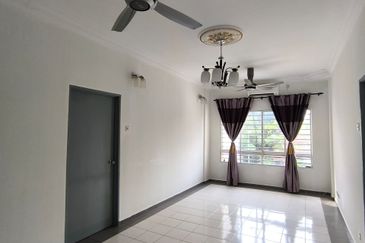
Pangsapuri Seri Dahlia, Desa Alam
Shah Alam, Selangor
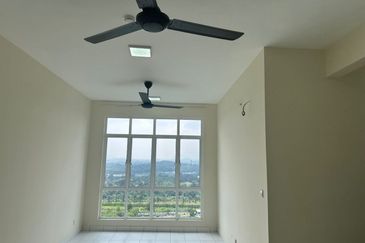
Residensi PR1MA Bandar Bukit Mahkota
Kajang, Selangor
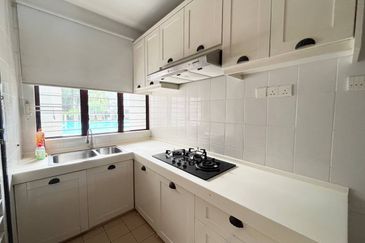
Conezión @ IOI Resort City
Putrajaya, Putrajaya

Seksyen 4, Kota Damansara
Kota Damansara, Selangor
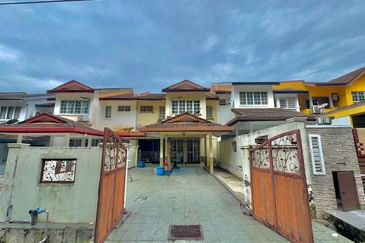
Pusat Bandar Putra Permai
Seri Kembangan, Selangor




